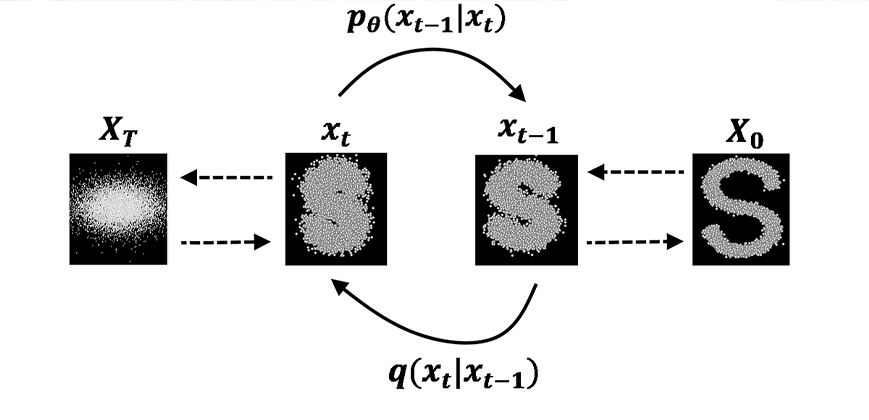Introduction:
In the realm of deep learning, diffusion models have emerged as a powerful tool for modeling complex data distributions. These models, inspired by the process of diffusion, can generate high-quality samples and capture the underlying structure of the data. However, training diffusion models is a challenging task that often requires extensive computational resources and careful optimization. In recent years, researchers have turned to reinforcement learning techniques to address these challenges and improve the training process of diffusion models. This blog post explores the concept of training diffusion models with reinforcement learning and highlights its potential applications in various domains.
Understanding Diffusion Models:
Before delving into the training aspect, let’s first understand what diffusion models are. In essence, diffusion models are probabilistic generative models that aim to model the data distribution by iteratively transforming an initial noise distribution into the desired data distribution. This process is inspired by the concept of diffusion, where the noise gradually transforms into the target distribution over time. Diffusion models leverage the power of deep neural networks to parameterize the transformations and learn the complex data distribution.
Training Challenges and Reinforcement Learning:
Training diffusion models can be a daunting task due to several challenges. One of the main hurdles is the high computational cost associated with estimating the likelihood of the data under the diffusion process. This estimation requires running the model forward and backward multiple times for each data sample. Another challenge is the optimization of the model parameters, which can be difficult due to the non-convex nature of the problem.
To address these challenges, researchers have started exploring the use of reinforcement learning techniques. Reinforcement learning algorithms, such as Proximal Policy Optimization (PPO) and Trust Region Policy Optimization (TRPO), have shown promising results in training diffusion models. These algorithms provide a framework for optimizing the model parameters by formulating the training process as a reinforcement learning problem.
Applications of Diffusion Models with Reinforcement Learning:
The combination of diffusion models and reinforcement learning has opened up new avenues for various applications. One notable application is in image generation and synthesis. Diffusion models trained with reinforcement learning have demonstrated the ability to generate high-quality images with realistic details and diverse samples. This has implications in areas such as computer graphics, virtual reality, and art.
Another application is in data augmentation for supervised learning tasks. Diffusion models can be used to generate augmented samples that exhibit realistic variations while preserving the underlying structure of the data. This can enhance the generalization capabilities of supervised learning models and improve their performance on unseen data.
Furthermore, diffusion models with reinforcement learning have shown promise in anomaly detection and outlier detection. By learning the underlying data distribution, these models can identify samples that deviate significantly from the learned distribution, thus enabling effective anomaly detection in various domains, including cybersecurity and fraud detection.
Conclusion:
Training diffusion models with reinforcement learning represents a significant step forward in the field of deep learning. These models have the potential to capture complex data distributions and generate high-quality samples. By leveraging reinforcement learning techniques, researchers are overcoming the challenges associated with training diffusion models, paving the way for their widespread adoption. The applications of diffusion models with reinforcement learning span across various domains, including image generation, data augmentation, and anomaly detection. As researchers continue to push the boundaries of deep learning, the training of diffusion models with reinforcement learning will undoubtedly play a crucial role in unlocking their full potential.
